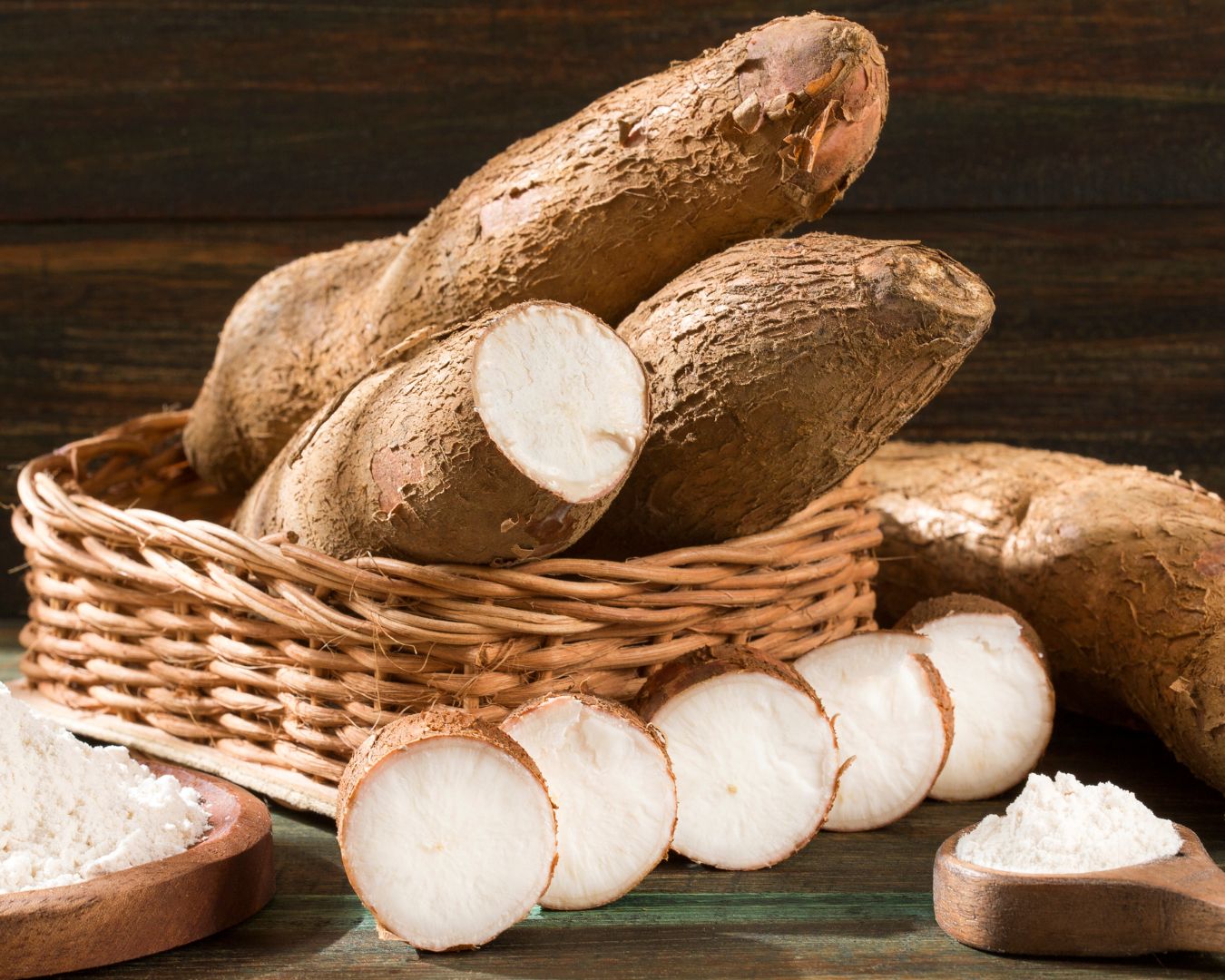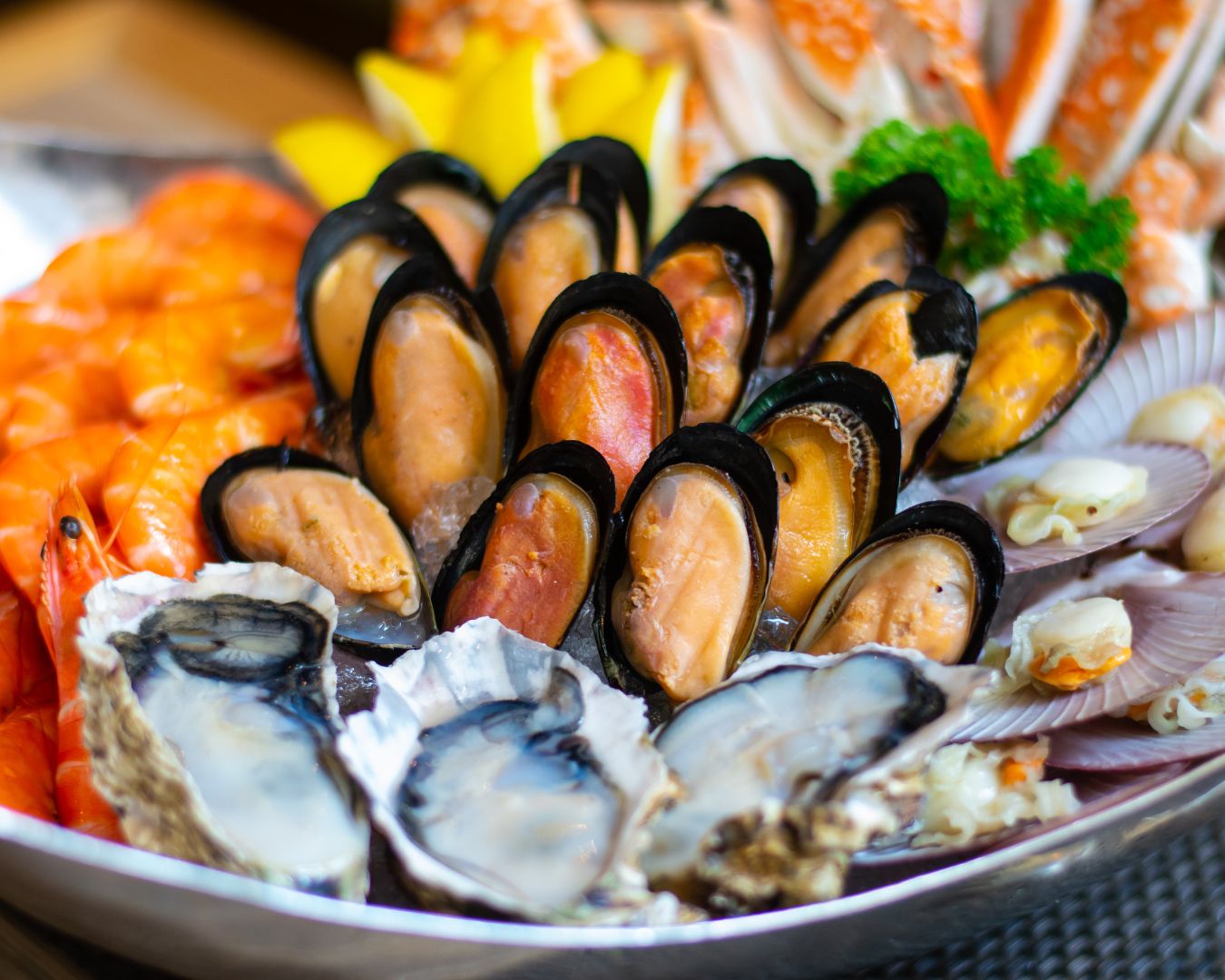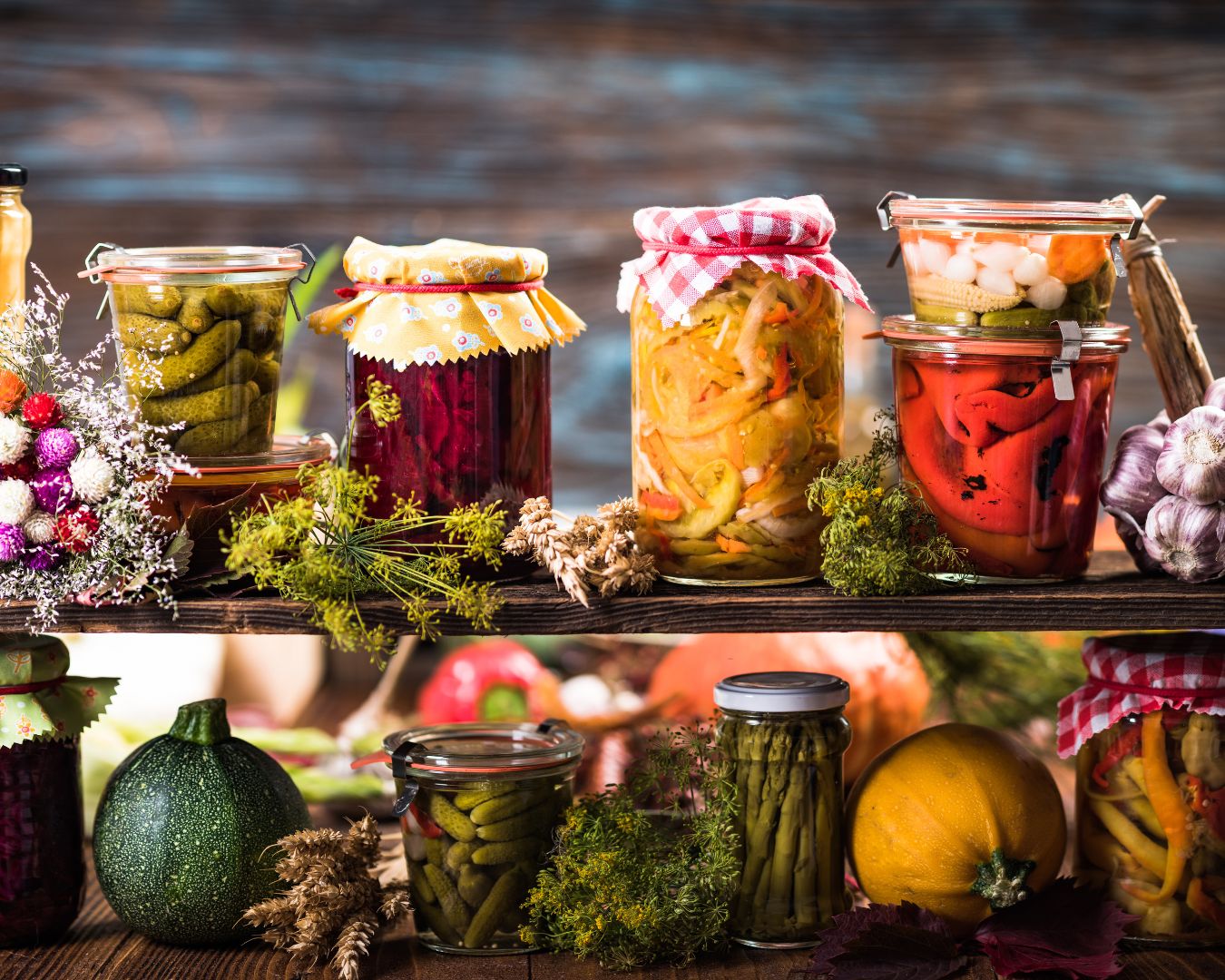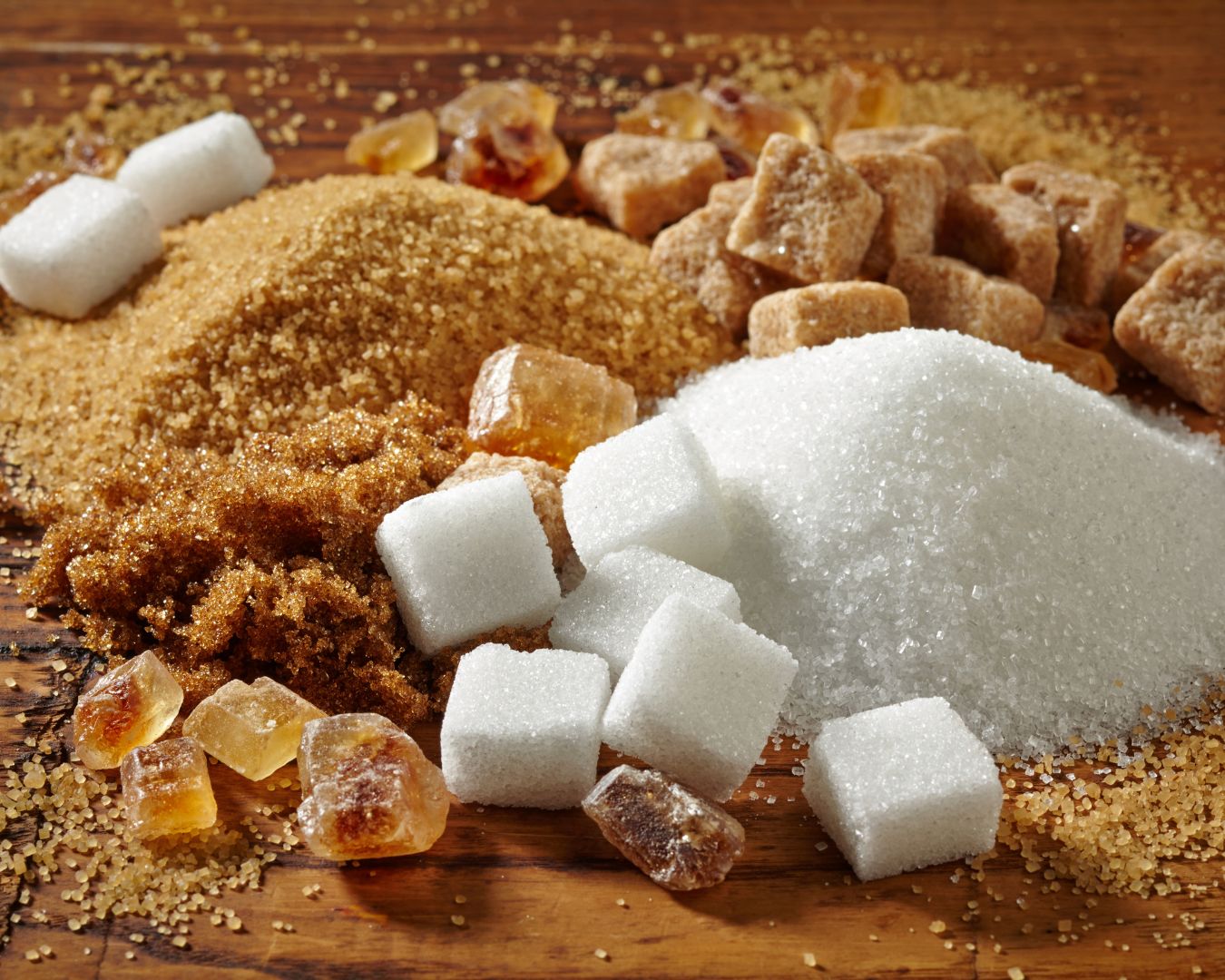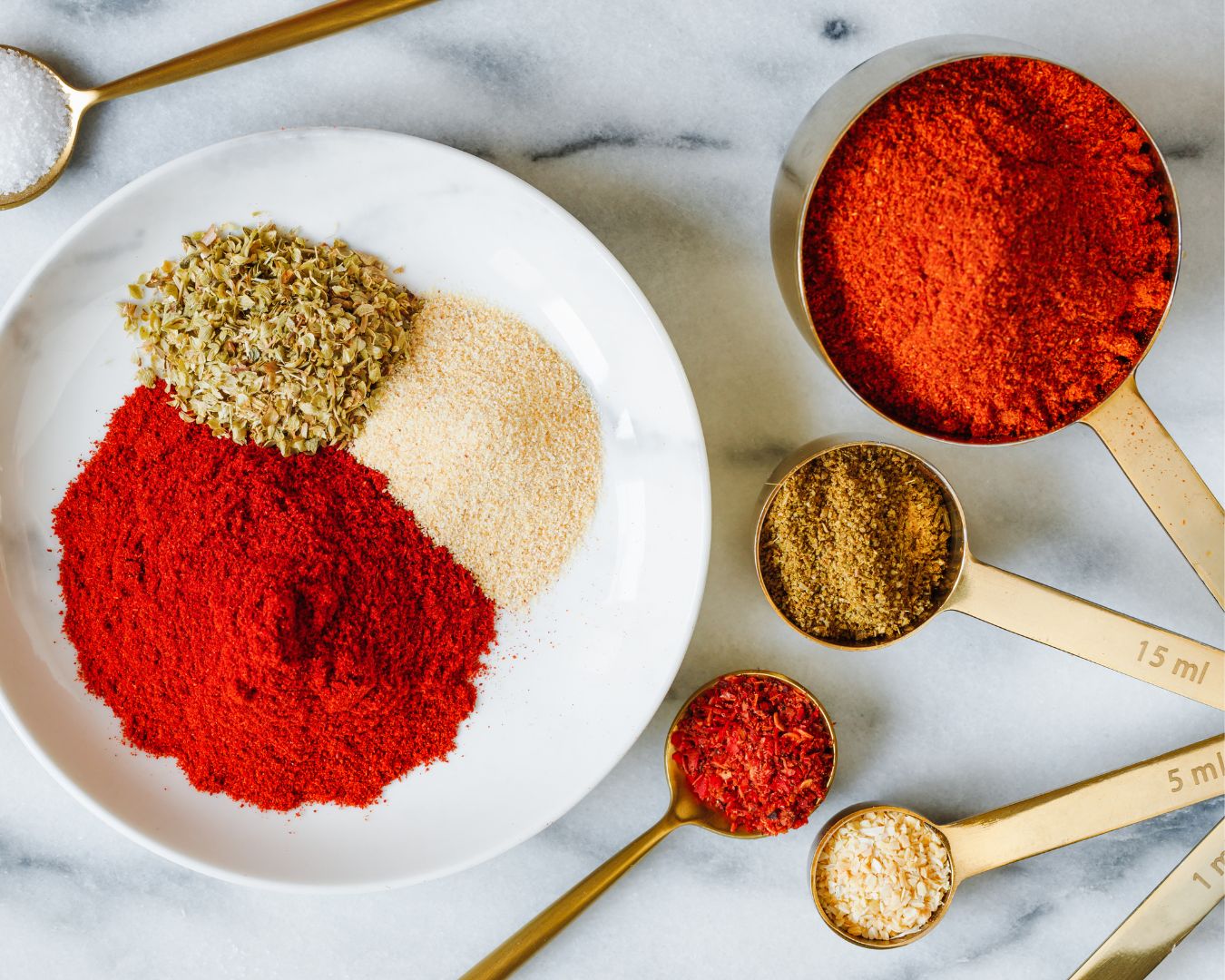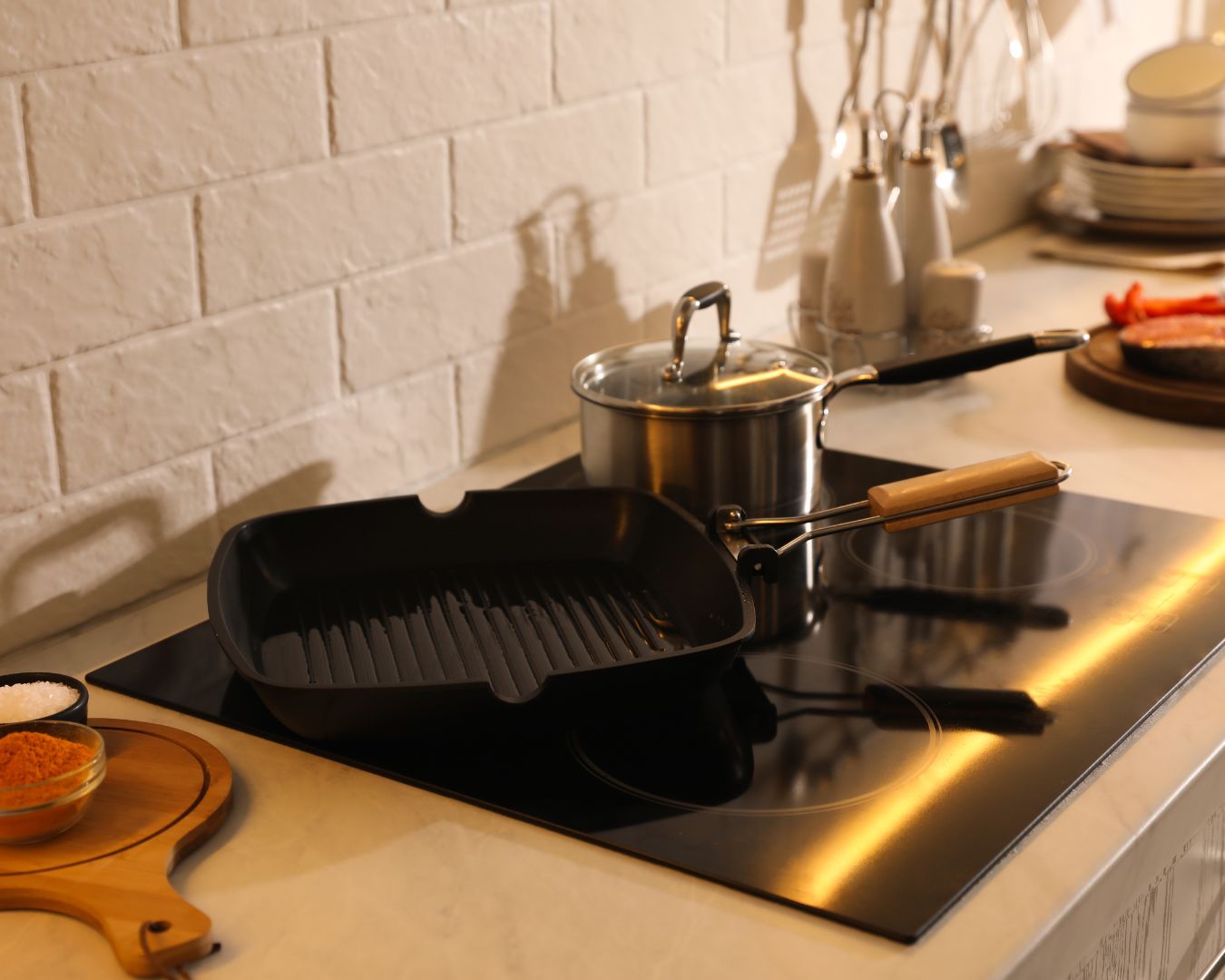Different Ways to Prepare and Cook Squash and Pumpkins
Squash and pumpkins are versatile vegetables that offer rich flavors, vibrant colors, and plenty of nutrition. Whether you’re using them in savory dishes or sweet treats, there are countless ways to prepare and cook these fall favorites. From soups and casseroles to pies and roasted sides, squash and pumpkins can take center stage in a variety of meals. Roasting Squash and Pumpkins Roasting is one of the easiest and most flavorful ways to prepare squash and pumpkins. This method caramelizes the natural sugars, enhancing their sweetness and rich flavor. How to Roast: Best varieties: Butternut squash, acorn squash, and sugar pumpkins work well for roasting. Making Squash or Pumpkin Soup A creamy squash or pumpkin soup is a warm and comforting dish, perfect for cooler weather. It’s a great way to showcase the vegetable’s natural sweetness and smooth texture. How to Make Soup: Best varieties: Butternut squash and sugar pumpkins are ideal for soups due to their smooth texture. Steaming and Mashing For a simple, nutritious side dish, steaming and mashing squash or pumpkins is a quick option. This method retains the nutrients while delivering a creamy consistency. How to Steam and Mash: Best varieties: Kabocha squash and pie pumpkins are particularly good for mashing. Baking Squash and Pumpkin Pies Pumpkins and squash are often associated with desserts, especially during the fall season. One of the most beloved ways to use them is in pies. How to Make a Pie: Best varieties: Pie pumpkins, also known as sugar pumpkins, are the traditional choice, but butternut squash can also be used for a smooth, creamy pie filling. Stir-Frying Squash Stir-frying is a quick and healthy way to prepare squash, especially in Asian-inspired dishes. Thin slices of squash can be stir-fried with vegetables, meat, or tofu for a flavorful, fast meal. How to Stir-Fry: Best varieties: Delicata squash and zucchini-style summer squash work well for stir-frying due to their tender texture. Grilling Squash and Pumpkins Grilling adds a smoky depth of flavor to squash and pumpkins, making them perfect for outdoor barbecues or family gatherings. How to Grill: Best varieties: Acorn squash, butternut squash, and pumpkin wedges are great for grilling. Baking Squash in Casseroles Squash casseroles are hearty, comforting dishes that combine layers of squash with cheese, breadcrumbs, and other vegetables. They make a great side or main course for a cozy dinner. How to Make a Casserole: Best varieties: Zucchini and yellow squash are classic choices for casseroles, but winter squash like butternut can also add richness. Using Squash and Pumpkins in Pasta Dishes Squash and pumpkin puree can be transformed into creamy, delicious pasta sauces. Their smooth texture pairs well with rich, cheesy sauces and pasta shapes like fettuccine or ravioli. How to Make a Squash Pasta Sauce: Best varieties: Butternut squash and pumpkin are the most popular for pasta sauces, but delicata squash can also be used for a more delicate flavor. Squash and pumpkins are incredibly versatile, offering endless options for both savory and sweet dishes. Whether you choose to roast, grill, bake, or puree them, these hearty vegetables can be the star of any meal. Experimenting with different cooking methods will help you discover new ways to enjoy these nutritious, flavorful veggies all year long!


